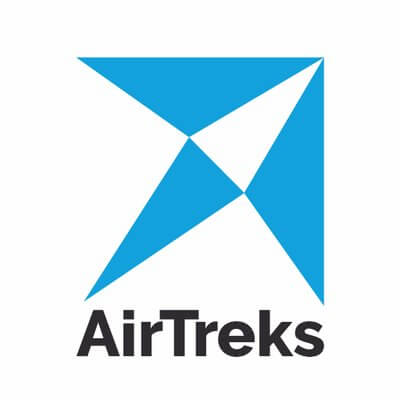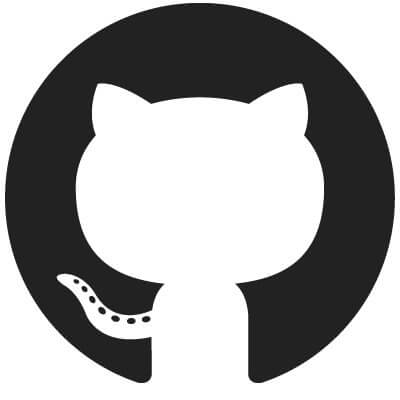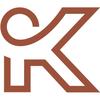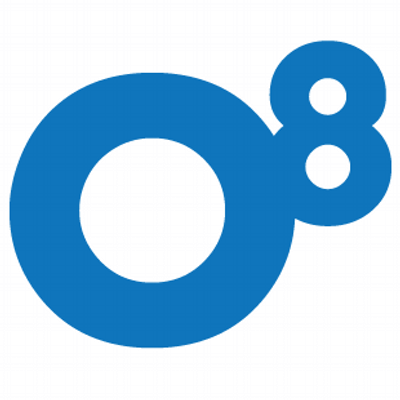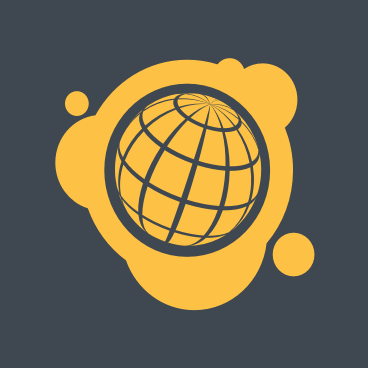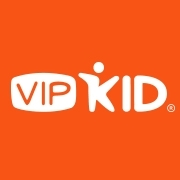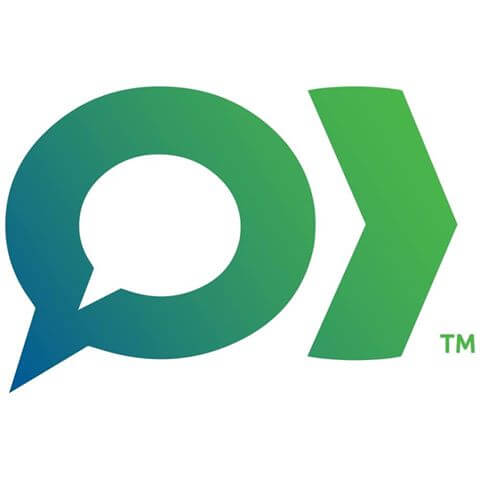What has changed about how your remote team operates?
As our team has grown we have been slowly shifting from a company of generalists where everyone does a bit of everything to a place where we are beginning to see more specialization. For example, I just moved from leading a team in customer support to hiring, which I was doing 30% of the time before. Being able to specialize in something I really enjoy is making my days a lot more rewarding.
We developed a concept of core hours and started to avoid hiring from locations where the core hours are during the nighttime. We did this because we noticed that nobody wanted to ask a colleague to wake up from sleeping to have a meeting, and as a result, important meetings were not happening.
We added more steps to our hiring process to try to protect against hires that didn’t work out in the past. We added core value panels, reference checks for specific people, and questions to screen for harmony-breakers.
Meetings are more sophisticated: we have colleague-led fitness breaks, custom ice-breaker questions, and a “hive mind” like collaborative style that makes meetings feel efficient while still covering contentious topics.
There have been many positive changes to how we operate by enabling our front line to work remotely. We have more flexibility in scheduling, it has provided redundancy of service to our clients by having staff in different locations, and it has allowed us to continue hiring employees to stay ahead of our needs as a growing business. We have experienced some growing pains along the way that had the remote staff feeling the difference of not seeing us face-to-face each day. We had to learn to adjust how we communicate with them. We also adjusted how we plan events for our employees by always keeping our remote staff in mind before we decide on what to plan.
When Automattic first started, everyone reported to Matt (Mullenweg, our founder). When we reached about 50 people, we divided into teams. The teams have evolved over time. We’re open to experimentation with our organization structure, because we want to continue to have as little hierarchy and bureaucracy as possible.
We leverage video conferencing more and more to communicate and “see” one another. It has helped fill communication gaps by allowing us to read body language and see facial expressions
We are more organized now. You have to be extremely organized if you want to go remote because it’s easy to get lost in emails, apps, websites, etc. If you have file-heavy processes, the best thing you can do is come up with a virtual filing system with consistent naming protocols and easy search algorithms.
The biggest things that have changed are directly related to scalability – the routines and policies we maintained as a team of six people just aren’t as relevant or effective for what’s now a team of 16. For example, we’ve significantly cut back on the amount of time we spend in company-wide meetings, and replaced them with smaller departmental meetings. Making changes like this help us stay efficient and respect everyone’s time as we grow.
The most noticeable change for me has been the size of the company and the effect that has on team (and inter-team) dynamics. When I joined GitHub in 2012 we had just over about 80 employees, and it’s been really interesting seeing that number almost quadruple in three years.
Since our teams are largely autonomous, the company’s growth has forced us to really level up the standards for how teams communicate—both internally, and also externally within the company at large. The tools and habits that work effectively at 80 people are radically different to what works at 300 people—your communication has to be far more regular, have more clarity, and requires much more forethought—and this is especially important when it comes to communicating organisational change. You have no choice but to evolve the tools you use and your habits around them in order to scale well.
We are constantly looking for new and better tools for sharing and communicating information, which is great because the technology supporting virtual work is only getting better. I think the biggest change we made a couple of years back was moving from a shared network drive to a web-based wiki for sharing and storing information. Life-changing to our productivity and ability to search/find information and collaborate on projects.
We appreciate and understand the necessity of open and fluid communication. We always wonder, “How can we better communicate? What’s working and what isn’t?” We’re also being conscious of diversity within organizations, ensuring that our hiring process is unbiased and welcoming, and our onboarding process makes everyone feel like they belong. We’re growing fast and learning a lot along the way.
We are using better tools, less email, thank god – less Skype. 🙂 We are a great running team, everyone knows how the other one is ticking and what is the best way to communicate. So the communication between persons has been approved but also the tools we are using. Slack is a great tool and JIRA is also a main tool we are using for PM. But this is not the end of the road, we are still not at 100%.
We’ve developed a knowledge base that contains core elements everyone needs to know. Not only do new staff need to study the knowledge base, but whenever they have an interaction not inline with our company policies, they are referred to the pertinent section of the knowledge base to review and correct.
For a long time, we operated with a very flat team structure. As you can imagine, it’s much easier to maintain that structure at 15 people than it is at 50+. Growing in size meant slowly adding levels, such as our new director roles. Though all three managing partners are still very hands on in the business, it’s freed us up to focus on more of the strategic elements without being overwhelmed by the day-to-day management of individual teams.
We only added weekly calls after about five years. We found that hearing each other’s voices was very helpful when discussing more difficult topics, and it also made us feel more connected.
We have gotten smarter about the tools we use, better at documentation and checklists, better at reporting, and we’ve spent more time in-person periodically throughout the year to get to know each other better.
We are always adapting to new technologies, as they help us better communicate with our teachers. For example, our hiring process has been gradually optimized with the implementation of our teaching platform. Meanwhile, our teaching platform is also perfected over the years with an easy-to-operate system.
We introduced using a wiki to keep all internal processes and documentation organized. We used to use Google Drive and Google sites, but it was not quite as fluid and easy to use as a team.
Being remote, we spent a lot of time perfecting the best way to convey information so that content remained clear and intact. Our current tools allow for complete visibility for collaboration and agreement in everything we do. Email is no longer a primary communication method for us and no initiative lives outside of project tools.
One of the biggest achievements for Skillcrush is that we have adopted transparent salary tiers where every team member has insight into what their colleagues are making and a clear idea of their own growth path.
Over the years we’ve also had to drill down on our processes. When it’s just a handful of people, it’s easier to wing it, but once your employees climb into the double digits, it’s essential to start defining structured processes for team collaboration, communication, and accountability.
When you’re in an office, communication gaps and missteps can be patched over in person, but when working remotely, they can easily get out of control! Working in SCRUM and using a suite of collaborative platforms helps us stay on top of our work and in constant communication with each other.
First big thing was the introduction of monthly face to face meetings. Then we introduced open policy for everything, which resulted in opening finances and decision making to everyone working for us. And then we had to formalize decision making, because ~25 ideas were hard to put into something concrete 🙂
The biggest change for me is that I’ve gone from directing what everyone does to having teams that operate independently and set their own agendas. That’s been nice to see happen.
We used to have employees who worked in different states, but over time we have found it valuable to live close enough to each other that we can easily see each other every few months.
We found quickly that being fully distributed wasn’t going to work well for us. We missed seeing each other in person and the rare times when we did were awesome. Working in very different time zones was also tough. We love working in a collaborative way, together, bouncing ideas around and getting shit done. Doing this while your co-worker is sleeping is tough.
So now we build our teams in selected cities. Folks still work from home, cafes or co-working spaces but, by being in the same city, we can get together easily when we want to. This could be to gather around a whiteboard, or cover a wall in post-it notes. But more often than not it’s to celebrate milestones together and have a few ciders.
As we grow, we build out more processes and planning. Done wrong, this could equal bureaucracy. Done right, these systems help us function despite not being colocated. Working remotely can lead to even more communication problems than working in an office. We use Asana and Instagantt to plan big projects like product development, product launches, and website redesigns. Having one tool “of record” lets us all share the same view and see the same plan, regardless of where we are.
The communication has gotten better between the team. We are a very tight-knit “travel family” and our goal is to service our clients in the best possible way. We are constantly coming up with new and exciting ways to make this happen.
We have implemented OKRs because at the beginning everyone just “worked hard” when we were a startup. But as we got older, people burned out, or we had bad actors. This was sad, as it hurt the moral of the team, and we didn’t have systems for finding these folks before they needed help. We implemented an OKR system to try and allow people to set their own goals, and then use that to measure our productivity.
As we’ve grown, we’ve incorporated technology more into our daily operations. With more people involved in each process, it’s important to continually increase efficiencies. We have more structured communication – from our performance management process, to quarterly “state of the union” type meetings – to ensure everyone is receiving the information they need.
It’s interesting to look back on this, because everything we stood for and the values that drove how we operate still haven’t changed. The main things that have changed are just the tools and the ‘wallpaper’ so to speak.
- From our own chat tools, to Skype, to Slack.
- From Basecamp to Trello to JIRA.
- From one travel policy to another.
But the way we operated and the values that drove those decisions haven’t changed. The tools and policies have evolved with the growth of the company, but when we look back, it still feels the same way it did when it was only 10 people.
It becomes more challenging to engage more people the same way you did at a company of only 10, but that’s part of the fun in constantly discovering uncharted territories.

